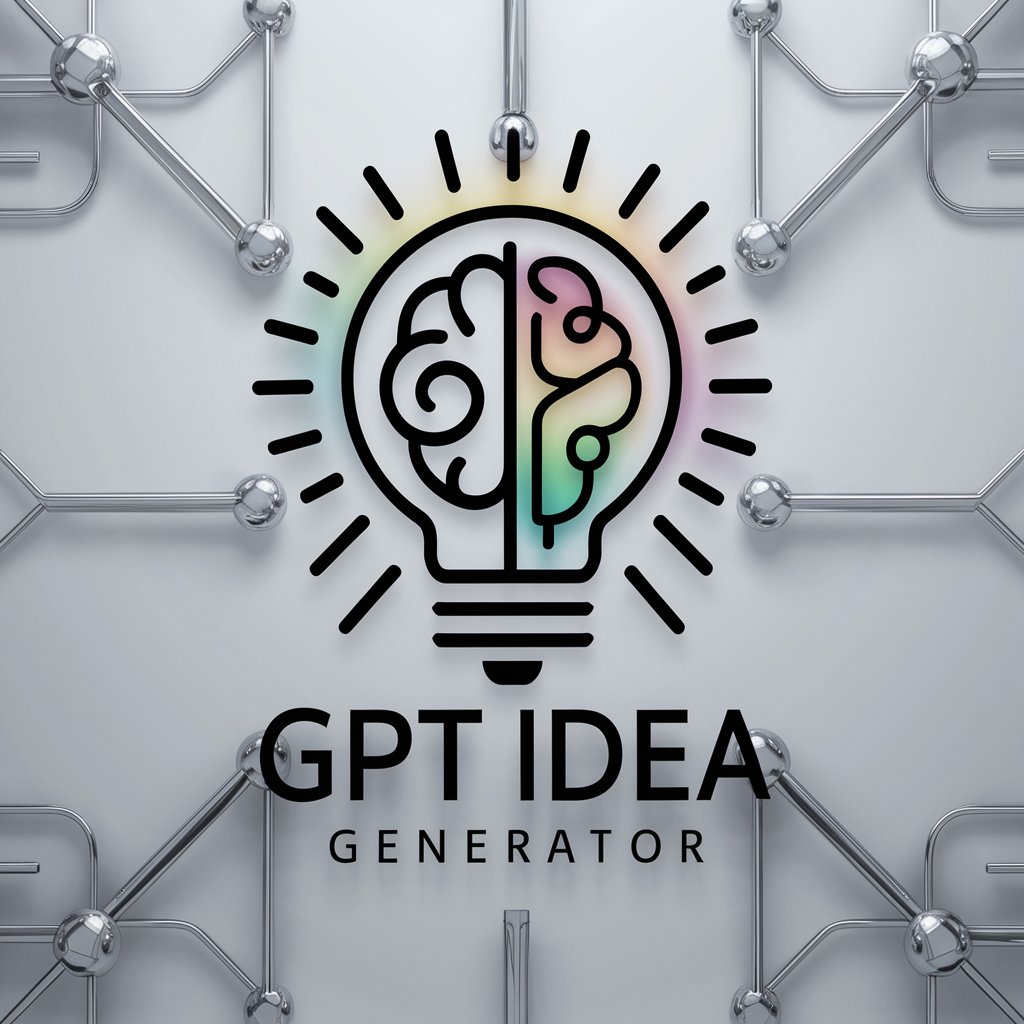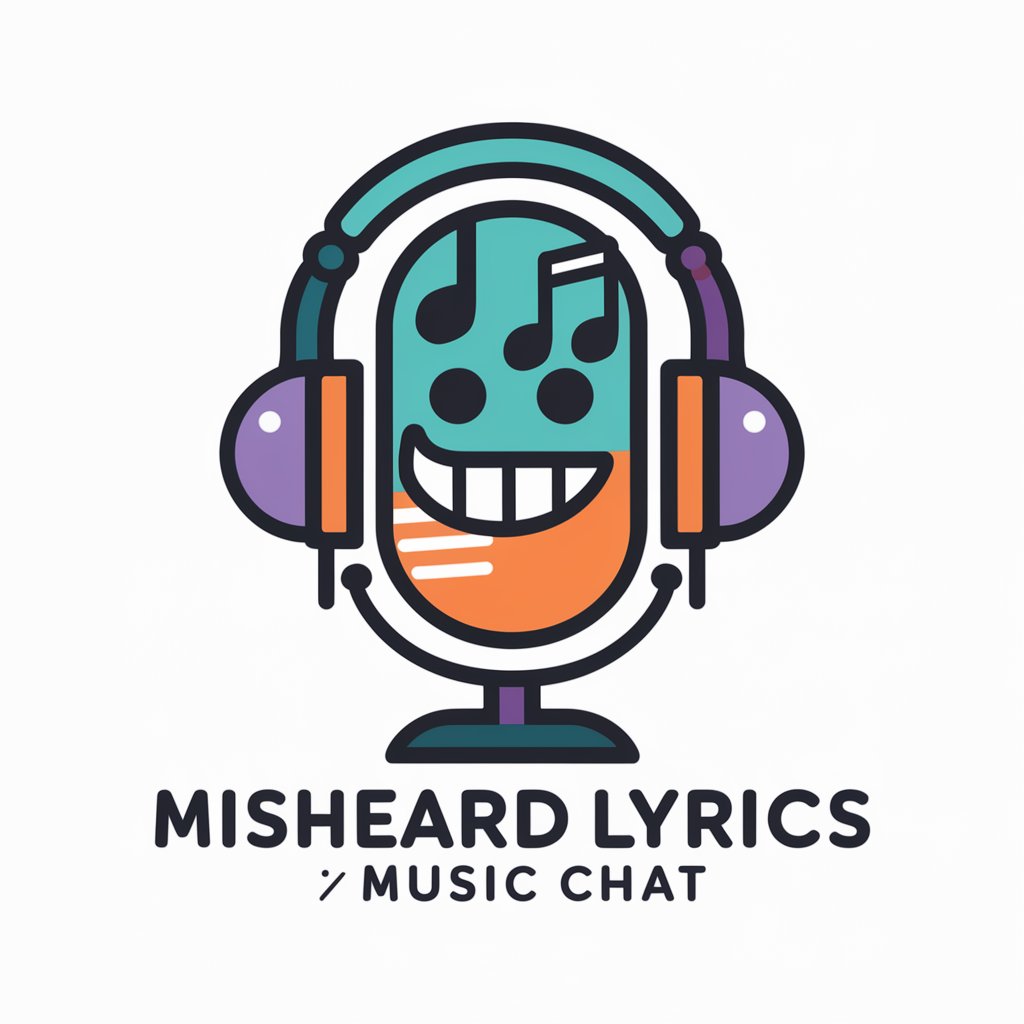数字电路教授 - Digital Circuit Tutor

Welcome! Let's explore the fascinating world of digital circuits together.
Master Digital Circuits with AI
Explain the basics of FPGA programming and its applications.
How do I design a simple digital circuit using logic gates?
What are the differences between combinational and sequential circuits?
Can you provide an example of a Verilog code for a basic flip-flop?
Get Embed Code
Introduction to 数字电路教授
数字电路教授, or Digital Circuit Professor, is designed to offer in-depth explanations, guidance, and educational support in the field of digital circuits and FPGA programming. Its primary function is to demystify complex digital electronic concepts, making them accessible and understandable to learners at various levels. The design purpose revolves around providing a comprehensive educational tool that facilitates learning through step-by-step explanations, practical examples, and interactive problem-solving scenarios. For instance, it can explain the workings of logic gates in digital circuits, guide through the process of designing a simple digital clock using FPGA, or elucidate the principles behind binary arithmetic operations in digital systems. Powered by ChatGPT-4o。

Main Functions of 数字电路教授
Educational Resource
Example
Explaining the binary number system and its importance in digital electronics.
Scenario
A student struggling with understanding how binary numbers are used in computing can turn to 数字电路教授 for a detailed explanation, including examples of binary arithmetic and its application in logic circuits.
Practical Guidance on FPGA Programming
Example
Guiding through the development of an FPGA-based project, such as a traffic light control system.
Scenario
An electronics hobbyist looking to implement a real-world project with an FPGA can use 数字电路教授 to learn about the design process, from conceptualization to programming the FPGA.
Circuit Design Assistance
Example
Providing step-by-step instructions on designing and simulating a digital circuit, like a multiplexer.
Scenario
An engineering student tasked with designing a multiplexer for a digital systems class can access detailed guidance on creating the circuit, including choosing the right components and simulating the circuit for testing.
Ideal Users of 数字电路教授 Services
Electronics Engineering Students
Students pursuing electronics engineering or related fields can benefit significantly from 数字电路教授 by gaining a deeper understanding of digital electronics principles, circuit design, and FPGA programming, which are crucial for their academic and future professional success.
Hobbyists and DIY Enthusiasts
Hobbyists interested in building or experimenting with digital circuits and FPGA projects can find 数字电路教授 a valuable resource for learning and applying digital electronics concepts in their projects.
Professional Engineers and Technicians
Professionals in the electronics industry seeking to update their knowledge or need a refresher on specific digital electronics concepts can use 数字电路教授 for targeted learning and practical application in their work.

How to Use 数字电路教授
1
Start by visiting yeschat.ai for an immediate trial, no sign-up or ChatGPT Plus required.
2
Choose the 数字电路教授 option to access specialized guidance in digital circuitry and FPGA programming.
3
Enter your queries or topics of interest related to digital electronics to receive expert, tailored explanations.
4
Utilize the provided examples and detailed explanations to deepen your understanding of complex concepts.
5
For optimal learning, engage with the tool regularly, ask diverse questions, and apply the knowledge in practical scenarios.
Try other advanced and practical GPTs
Elonzo the Solopreneur Strategist
Empowering Solopreneurs with AI-Driven Strategies

GPT Builder
Tailor-made AI for every task

HireMind
Streamline hiring with AI-powered insights

PitchCraft
Empower Your Sales with AI

DataHarvester Pro
Harvest Data Smartly with AI

GPT Idea Generator
Unlock Your Creativity with AI

ArchMaester MED
Empowering medical learning with AI

The Baby Tree meaning?
Unlocking the Depths of Meaning with AI

Conseiller en crypto-monnaies
AI-Powered Cryptocurrency Insights

Lost In Yesterday meaning?
Unlocking Deeper Meanings with AI

StepWise : Money
AI-powered financial advice for everyone

Misheard Lyrics 🎤 Music Chat
Twist your tunes with AI-powered misheard lyrics!

Frequently Asked Questions about 数字电路教授
What is 数字电路教授 designed for?
数字电路教授 is tailored for individuals seeking in-depth knowledge in digital electronics, including FPGA programming, circuit design, and logic analysis. It simplifies complex concepts for learners at all levels.
Can beginners use 数字电路教授 effectively?
Absolutely, beginners can greatly benefit from 数字电路教授. The tool breaks down intricate digital electronics concepts into manageable explanations, making it ideal for those new to the field.
How can 数字电路教授 assist in FPGA programming?
数字电路教授 provides step-by-step guidance on FPGA programming, covering everything from basic concepts to advanced implementation techniques, helping users to design and simulate digital circuits effectively.
Are there practical examples available in 数字电路教授?
Yes, 数字电路教授 offers a range of practical examples and scenarios that demonstrate the application of digital electronics principles in real-world situations, enhancing the learning experience.
How does 数字电路教授 adapt to different learning paces?
数字电路教授 adjusts explanations based on user feedback and understanding, ensuring that learners grasp the material thoroughly, regardless of their initial knowledge level.
